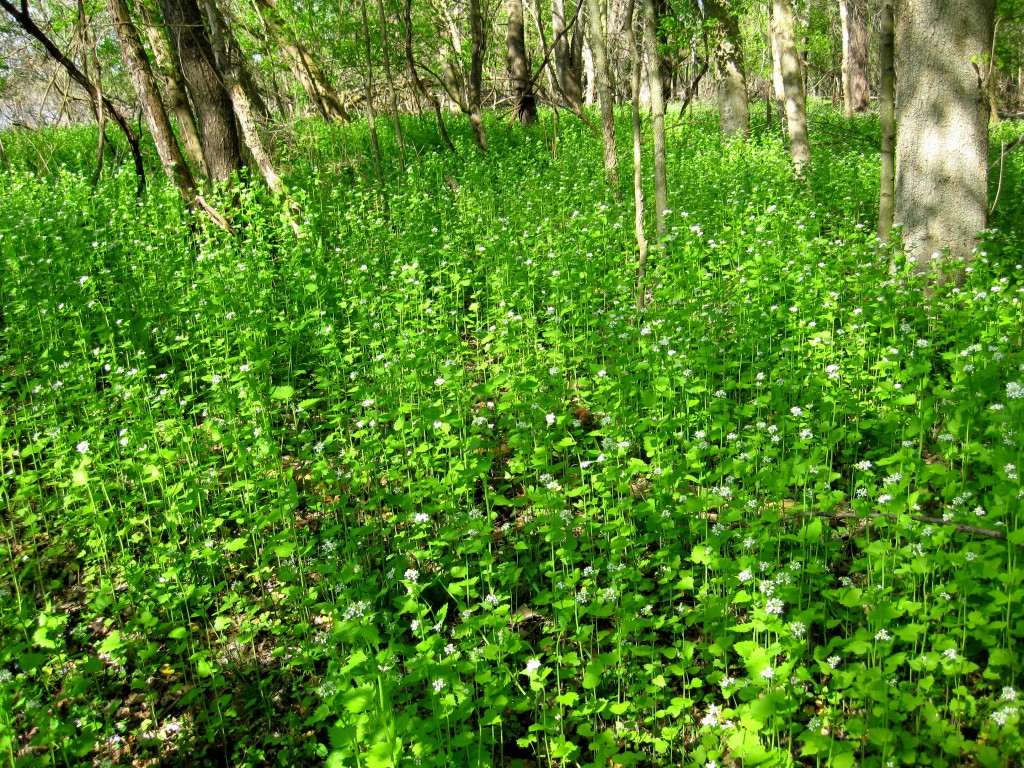Natural Landscapes Solutions™, NLS, is your link to landscapes transitions services by Beyond Turf™.
NLS is the first star in our constellation of Integrated Habitat Management™ service groups for home and business and other human spaces. We help clients take back their natural landscapes. We guide and assist transitions supporting native plants and wildlife, beyond turf. We design, guide, and assist installation of native species features. We offer plant and animal surveys and assessments for planning and transition services for woodlots, fencerows, turf replacements, and open field management. We help clients restore functions to native ecosystems supporting native plants and insects. We source native plant species by ecoregion. We consult with clients for selection of non-invasive non-native ornamentals for created formal landscapes.
Our constellation of Integrated Habitat Management™ service groups brings solutions for native species features and natural landscapes transitions, big and small.
Follow this link to Natural Landscapes Solutions™

